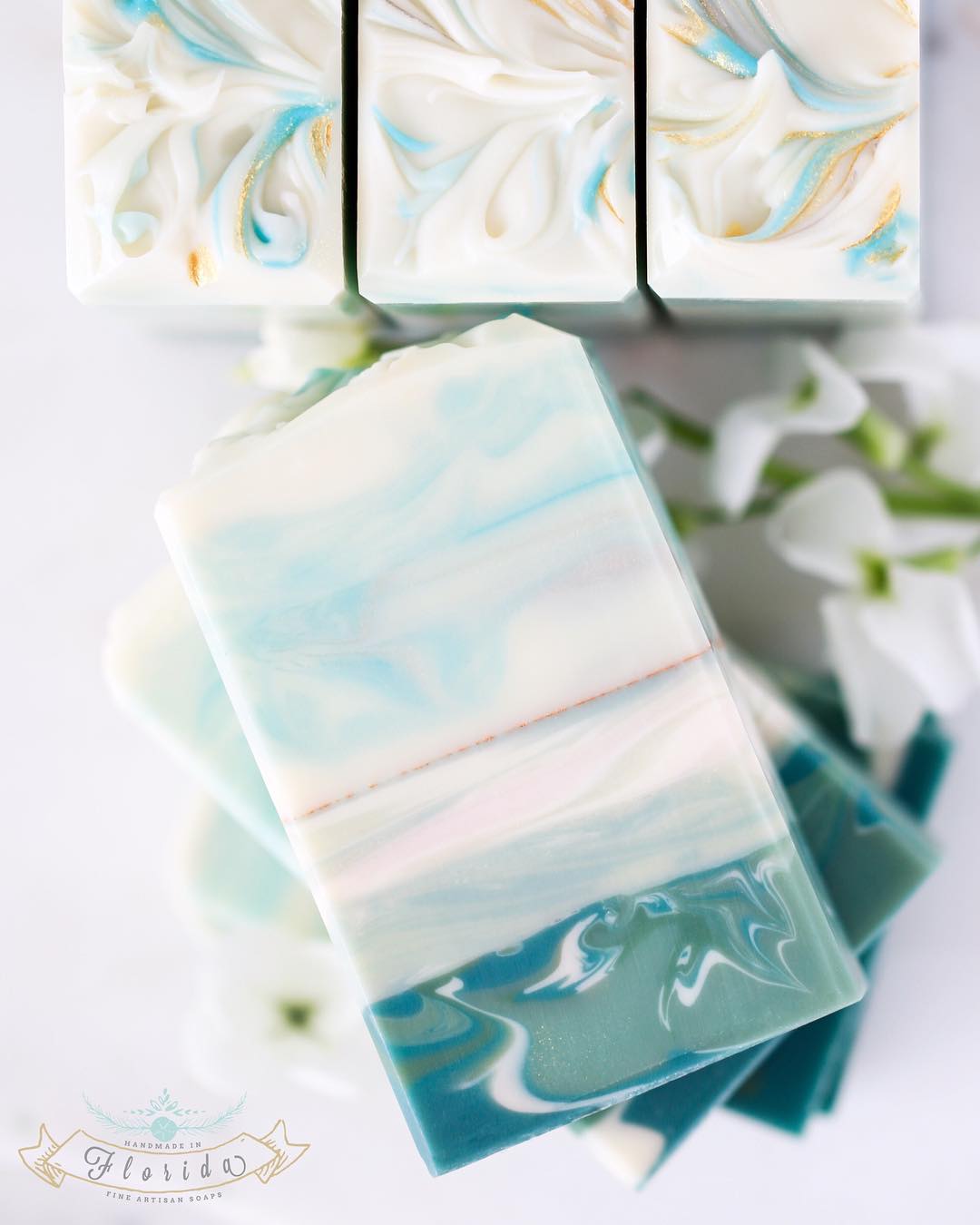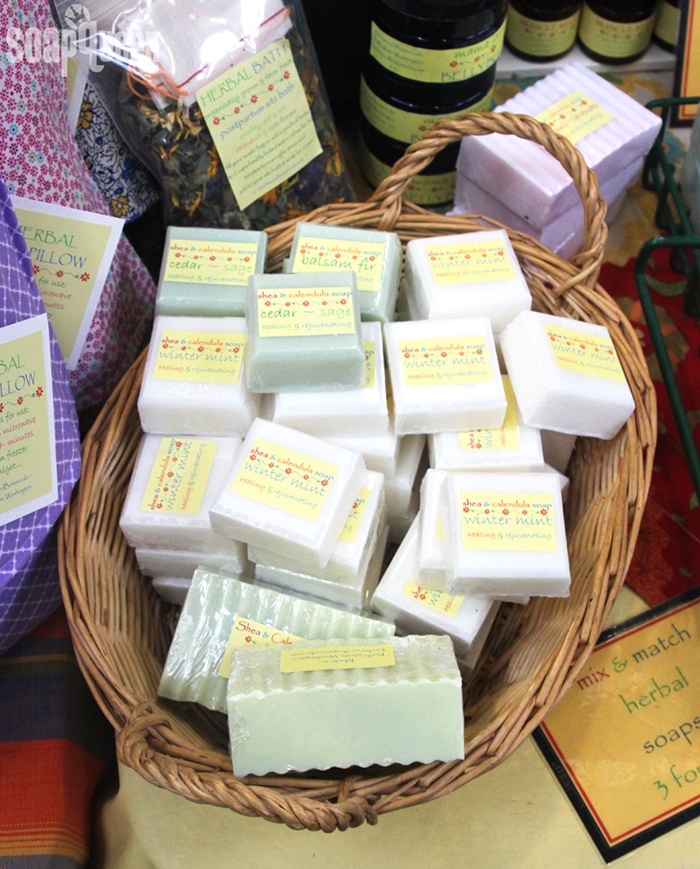If you’ve decided to sell your products, one of the first things to consider is where to do so. It depends on a number of factors, like your personality, skills, budget, and the time you have available. This article can help you decide which one is right for you! Find pros and cons of three common methods below.

Online
This is one of the most popular ways to sell products because you can reach a large customer base beyond your local community. It’s also cost-effective, because you don’t need to invest in craft fair items like tables, shelving, a tent, etc.
If you have a business page on Facebook, there are also apps and plugins to create a page that customers can shop from. It’s also fairly easy to set up a website with platforms like Squarespace and Shopify.
Etsy is another option. It allows users to create an online shop with different pages for each product. You can include information like pricing, ingredients, skin benefits, etc. Being able to present that much detail in an organized way is definitely a benefit for the customer, and it’s more difficult to do in person.
The downside is that customers are not able to touch, feel, and smell the products. That’s why it’s important to have detailed descriptions and clear images that really pop. Learn more in the Photography Tips from Handmade in Florida article.

Photo courtesy of Handmade in Florida
Another factor to consider is that your products need to be packaged and shipped. With the popularity of free shipping from large companies, some customers expect the same from smaller ones. You need to think about how to cover those costs. Some businesses increase the price of the product to cover the expense of shipping and packaging, or offer free shipping over a certain amount to make it more cost-effective.
- Pros: Larger customer base, online platforms are easy to use, social media means free advertising, no physical display costs
- Cons: Customers aren’t able to see products in person before purchasing, packaging and shipping costs, building relationships with customers can be more difficult
Markets and fairs
This is a great way to get your products out to your local community. Being able to talk to them in person is invaluable - questions and concerns can be answered on the spot and you can make personal connections in the process. Many consumers find products made locally to be more valuable, and meeting the person who made them enhances that. They’re also able to touch and smell the product.
You can also meet other small business owners at fairs. You can learn from each other, support each other, and find new marketing opportunities.
However, selling in person isn’t for everybody. You have to talk to people all day, which can be intimidating. You have to purchase display equipment like tables, shelves, a tent, etc. Time is also a crucial factor - a craft fair is an all-day commitment. Learn more in Are Markets Right for You? and How to Set Up Your Market Display.

- Pros: Customers are able to smell and touch products before purchasing, building connections with customers is easier, no shipping costs, you can build relationships with fellow entrepreneurs and local businesses
- Cons: Have to purchase display items, can be intimidating/stressful for introverts, requires a lot of time, unable to reach customers outside your local community
Retail shops
While this isn’t as common, it’s definitely a possibility worth exploring. Selling products in a retail space of your own usually requires an established customer base to thrive, whether that’s from selling online or at fairs. For business owners who aren’t ready to open their own space, selling products inside an established store is a fantastic option.
Before you decide where to sell, make sure to do your research. Find a store that has a similar aesthetic to your products so repeat customers will be interested in them. Next, find out more about the company. How long have they been open? Do they have multiple locations? Do they already sell similar items? What is their social media and advertising presence like?
Think about how they can help you sell products, but also what you can do for them. Remember, this selling situation is a partnership. Once you have identified a store that you want to work with, it’s time to approach them for the sale.
Selling your products in an established retail store means they are doing half the work for you – advertising, selling, displaying, etc. On the flip side, you may not have as much control on where and how your products are merchandised. The salesperson may not be educated about your products, and may not be able to speak to their amazing qualities.

One of the major cons of selling in a retail space is that this format requires wholesale pricing, which is typically 50% of retail pricing. When starting out, many crafters forget to factor in all of the costs of doing business and price their products too low. You may not be able to afford a 50% discount when you are first starting out, but cutting your costs and making your process more efficient is something to strive for to reach that price point.
- Pros: Less time spent selling means you have more time to make products, you can tap into an already established customer base
- Cons: Wholesale pricing, giving up control of merchandising, not able to represent your product yourself

